Respirators Reviewed
What you don’t know about choosing a respirator can kill you.
In this Tool Tech video, host Patrick McCombe talks to associate editor Matt Millham about selecting an appropriate respirator for the job. Matt researched respiratory protection for a Fine Homebuilding feature—read the in-depth article in issue #270. According to Matt, there is no easy way to choose a respirator. The first thing you need to do is test your air, and determine the concentration of the contaminants in your area—and without air testing, the only safe practice is to wear a respirator with the highest protection factor. As far as protection factors go, the lowest amount of protection—good for drywall dust and demolition dusk—is the N95 particulate respirator, which handles only particles. The more versatile respirators handle gases and vapors, with a variety of cartridges to target specific contaminants, and protection factors vary by type. With a better seal around the face, whole-mask air-purifying respirators offer higher protection factors because of their tighter seal. For the most amount of protection (when working with spray foam, for instance), and in situations where you don’t know what you’re dealing with, there are supplied-air respirators, which pump air through a hose into the mask rather than purifying the air. As Matt found out, if you have a beard, these respirators are often ineffective because the mask requires a seal to the face, and you’ll need to shave your face or wear a unit with a head shroud to work safely. Respirators range from $10 to over $1000.
Senior editor Patrick McCombe has been testing power tools on behalf of national publications for more than 15 years, and he regularly meets with product manufacturers to try out new introductions. In the Tool Tech series, Patrick reviews the latest tools and materials, discusses building technology, and shows time-tested techniques for better, more-efficient home building. Consider becoming an online member to watch other Tool Tech videos.
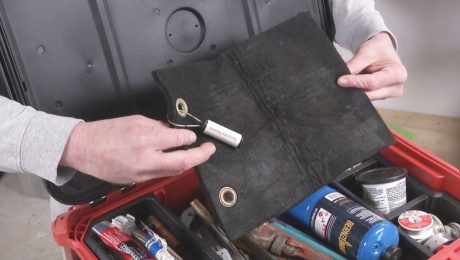
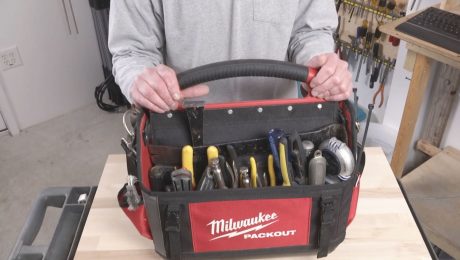
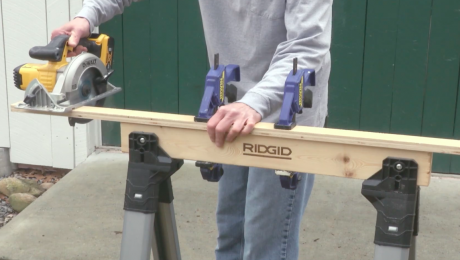
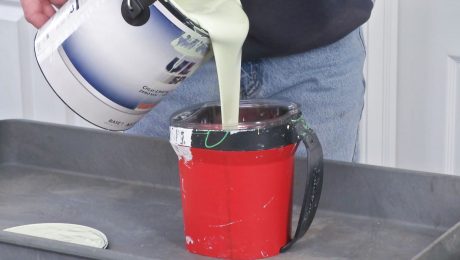




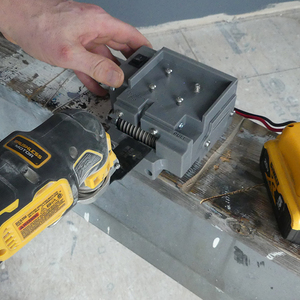





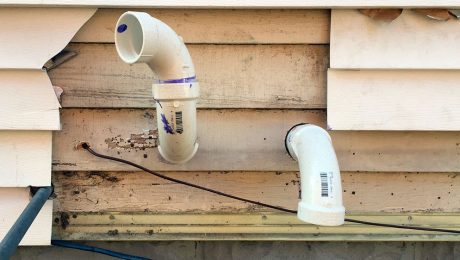
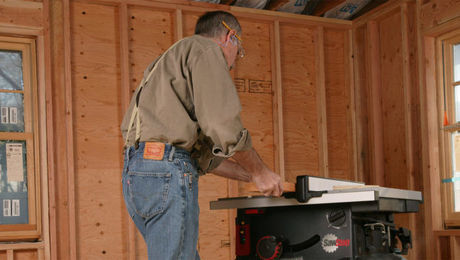
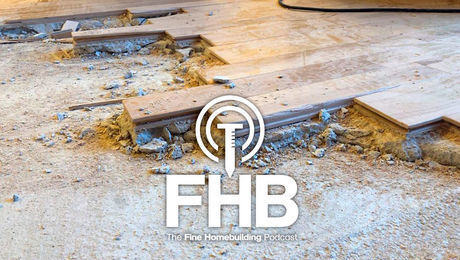


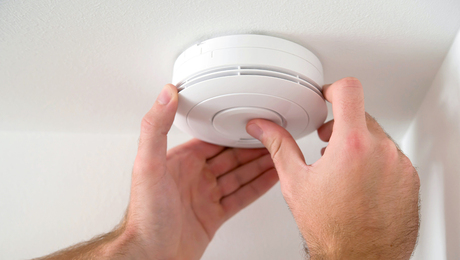
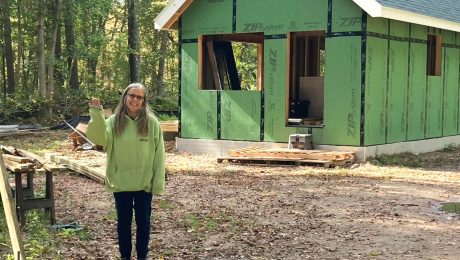










View Comments
Would have been helpful to give examples of common uses, such as hobby wood shops doing router, lathe and other work.
Mask selection is much more complicated that the video suggests. Moreover, these guys clearly didn't prep before the camera was turned on. Very disjointed and clumsy presentation.
If you want to see a better summary of what the numbers mean and how to choose a mask, check out the Stump Nubs video on mask selection.